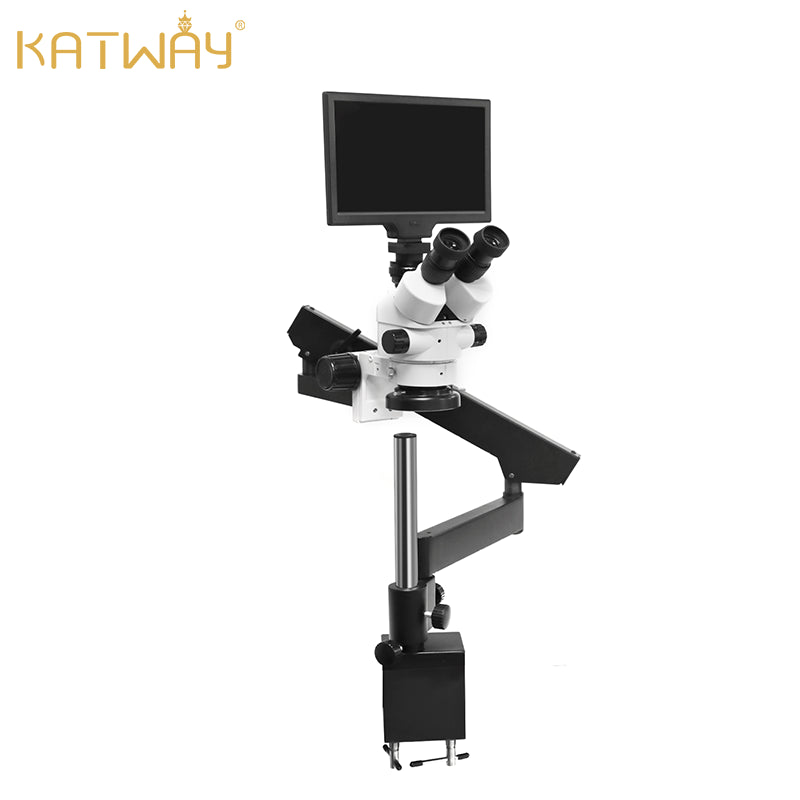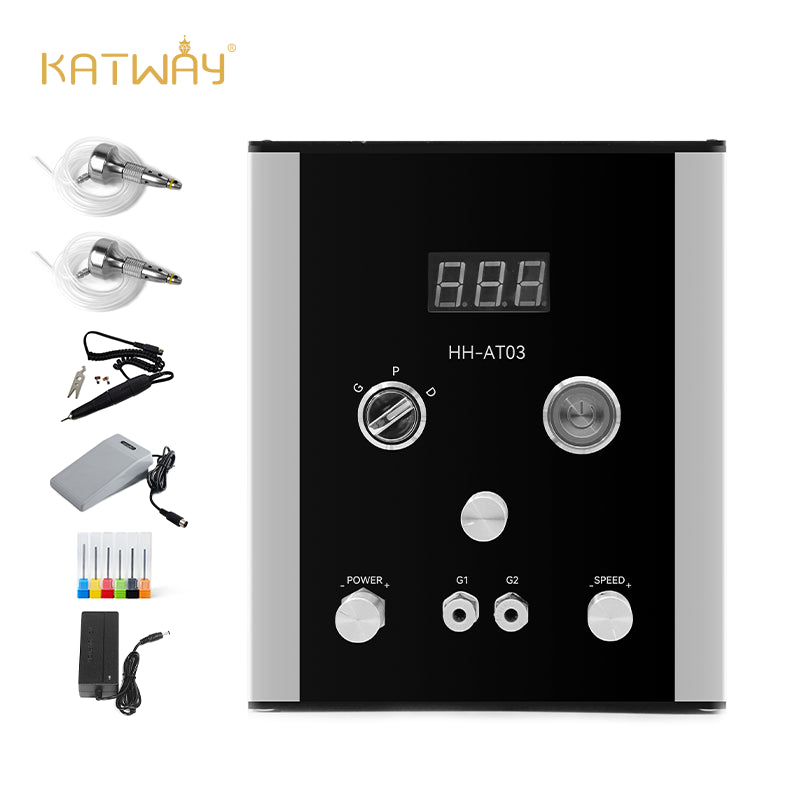Carving process of wood carving
To see how good a person's craftsmanship is, one only needs to observe his tools and the maintenance and finishing of the tools can also prove the quality of the laborer.
The wood carving technique is the author's approach to image and space in wood carving. This technique is mainly embodied in the sense of cutting down the carving and engraving, exactly from the outside to the inside, step by step by subtracting the waste material, step by step, the shape of the excavation will be revealed. Only skilled mastery of a variety of carving techniques and continue to accumulate experience, in order to achieve the ideal really belong to their own knife, the main carving techniques are: flat knife block method, round knife carving method; relief, shallow carving, carving, transparent carving, hollow carving, through the carving, three-dimensional round carving. Good carving techniques also need to have the right tools in order to carve out a variety of sizes, shades of different patterns to, the tool is the carver engaged in the creation of the most direct assistant and companion. Today we will talk about its carving steps!
Carving steps
1、Usually to draw creative draft, and then enlarged to the wood with ink line outline;
2、Rough blank is the foundation of the whole work, it is a concise geometric form to sum up all the ideas of modelling, requirements to achieve a hierarchy, dynamic, proportionality and coordination, the centre of gravity is stable and strong sense of totality, the initial formation of the work of the outer contours and the inner contours; chisel rough blanks: from the bottom to the bottom, from the front to the back, from the surface to the inside, from the shallow to the deep, one layer to advance;
3、Finishing: using fine carving and thin knife method to repair the knife marks and chisel dirt in the fine blanks, so that the surface of the work is detailed and perfect;
4、Sanding: according to the needs of the work, the wood carving with different thicknesses of woodworking sandpaper rubbing. Requirements for the first coarse sandpaper, then fine sandpaper, to follow the direction of the wood fibre sanding, until the desired effect;
5、Coloring and Varnishing: with a hard brush, a small hard brush, a colour mixing tank. Colouring pigments generally refer to water-soluble ones, such as gouache, watercolour or shoe polish, which are characterized by small coverage and strong permeability.
View more related articles
How to choose the right rolling mill to make jewelry
About the selection of work components for a jeweler’s workbench 01
About the selection of work components for a jeweler’s workbench 02
Choosing a Jeweler's Workbench 03: Jeweler's Lighting Solution
Two types of casting machines: the difference between vacuum casting and centrifugal casting
Featured product
Popular posts
You May Also Like
-

Metal Engraving Techniques That Beautify Jewelry
Just as one is always willing to be drawn to something mo...
-

How to Make a Gemstone Ring?
Discover how gemstone rings are made and experience the u...
-
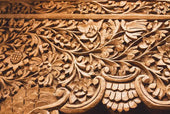
How to practice carving flowers technique in wood carving
Whether it is the complicated and delicate flower cluster...
-

What Tools Do You Need to Be a Silversmith?
This is a beginner's guide to silversmithing. Many people...
-

How Do Beginners Make a Simple Silver Ring?
Making a silver ring for your lover is a very romantic th...
-
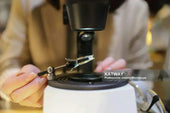
What Kind of Microscope Do Jewelers Use?
Microscopes are called the third eye of jewelers. Accordi...
-
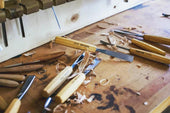
From Hobbyist to Pro Artisan: Your Tool Upgrade Roadmap
You've carved 50 wooden spoons, sold your first custom si...
-
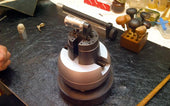
How To Choose a Engraving Vise?
Engraving vises are a type of clamping tool that engraver...
-
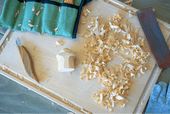
10 Essential Woodcarving Techniques for Beginners
Woodcarving is an interesting and creative art. It is not...
-

10 Tips To Teach You How To Solder Jewelry
Are you worried about the soldering technique for making ...
-
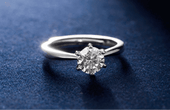
A Complete Guide to Prong Settings
Setting is a common technique in jewelry making, and claw...
-

A Complete Guide To DIY Jewelry Making
DIY jewelry making is a very interesting but not easy thi...
-

Beginner's Guide to Hand-Engraving Metal: Tools, Tips, and Tricks
Hand engraving metal is like stepping into an art form th...
-

What Are The Advantages Of Pneumatic Engraving Compared To Push Engraving?
In the engraving process, pneumatic engraving is an indis...
-

Four Practical Ways to Engrave Metal
Metal carving is the carving of a design or pattern into ...
-

Do You Know How to Engrave Tungsten Rings?
In recent years, tungsten material will be stronger and m...
-

How Do You Re-Engrave Old Jewelry?
Jewelry has a permanent beauty and unique value, and many...
-

Pneumatic Engraving Machine Vs Electric Engraving Machines
As the industrial revolution took place, machines changed...
-

The Joy of Carving Wood
Wood carving is not only a handcrafted art with a long hi...
-

How to Buy High Quality Metal Engraving Tools?
It is said that metal engraving is an extremely testing c...
-

A New Engraving Experience for You with the AT Series Motors!
We have exciting news to share with you! The AT Series mo...
-

How to Choose a Mill for Jewelry Making?
In the process of jewelry making, a jewelry mill is a ver...
-

How to Choose and Use Jump Rings?
If you are a jeweler then you are no stranger to the term...
-

Teach You How to Pick a Jewelry Engraving Machine
Jewelry engraving machine is an indispensable tool for th...
-

How Do You Cast Jewelry?
Jewelry casting is a common way of casting jewelry. In fa...
-

A Comprehensive Guide to Jewelry Engraving
Jewelry will be preferred by many people as a gift, but h...
-

Tips for Using Engraving Tools
If you are a beginner who is just getting into carving, a...
-

Katway to Participate in Hong Kong Jewelry Show 2024
In recent years, Katway's brand strength has been improvi...
-

The Creative Path of a Jewelry Beginner
Embarking on a jewelry making journey is not only a form ...
-

The Secrets of Handmade Jewelry Engraving
Hand engraved jewelry is still used by many jewelers as a...
-

Tips for Making Silver Jewelry
Silver as a metal is a very common metal, and nowadays th...
-

How Do Beginners Use Jump Rings?
A jump ring is an essential piece of jewelry making, you ...
-

Method of Making a Carving Knife and Template Set(Ⅱ)
The last blog on making engraving tools talked about the ...
-

Six Common Casting Process Introduction
Casting Process The casting process is generally used to ...
-

Method of Making a Carving Knife and Template Set(Ⅰ)
If you are interested in carving, then you must carving k...
-

A Must for Newbies: An Easy-to-Follow Guide to Letter Carving in Wood
Do you want to know how to carve letters in wood? If you ...
-

Unlocking the Secrets of Metal Laser Engraving
With laser equipment, marking operations, whether it is a...
-

Do You Know What Metal Engraving Is?
To talk about metal engraving, we need to first understan...
-

About the Identification of Real and Fake Pearls
Pearls are an ancient organic gemstone that existed about...
-

About Jewelry Appraisal, You Need to Use the Tool - Gemstone Microscope
In recent years, with the number of gemstone enthusiasts...
-

Uses of Different Types of Microscopes
Many people know that microscopes can be used to look at ...
-

Katway's 2024 Jewelry Fair Tour - INHORGENTA MUNICH
In 2023, our company Katway took part in the Hong Kong Je...
-

How to choose the best jewelry engraving machine?
Do you want to make your own engraved jewelry that suits ...
-

Guide to Jewelry Engraving
Jewelry engraving is a work of art that involves pattern ...
-

Sharpening tools: A Good Helper for Jewellery Engraving
In the working process of a jewellery engraver, the perfo...
-

Katway's Journey to Jewelry Show 2023
In September 2023, Katway was invited to participate in J...
-

Vacuum casting in the jewelry process
With the continuous development of science and technology...
-

Engraving Machine Buyer's Guide on HH-R01 and HH-AT03
Common points of HH-R01 and HH-AT03 Do not need an air c...
-

Everything You Need to Know About Jewelry Engraving
Carving is an ancient skill that has been around since th...
-

Why do we need to emphasize the implementation of RoHS?
Environmental protection has been a hot topic in recent y...




